"Soon there will be a young Hungarian who will be flying in an entirely different way from the way we usually do. Forty-four years ago, Bertalan Farkas was the first Hungarian astronaut to reach space, and now the next Hungarian space mission is approaching," Peter Szijjarto announced in his video at Budapest's Liszt Ferenc airport this morning, ahead of his visit to Brussels for a meeting of EU foreign ministers.
Hungary's minister of foreign affairs and trade said that in light of the space industry being one of the prioritized national industries, they had decided to launch a national research program to further perfect the achievements of national developments. Of the 240 applicants, four candidates had been selected and have been undergoing a very thorough training process. Last night, the committee of experts in its definitive decision named
Tibor Kapu, a 32-year-old mechanical engineer as the next Hungarian research astronaut.
Backup astronaut Gyula Cserenyi, a 35-year-old electrical engineer was also named. The two will go on to complete the final phase of training.


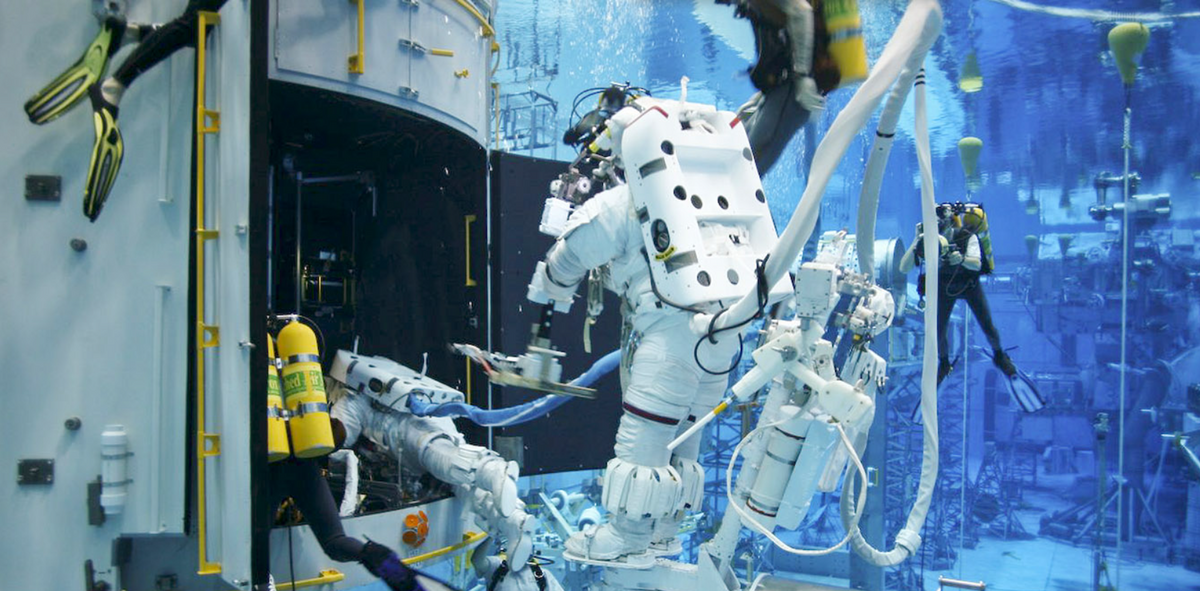
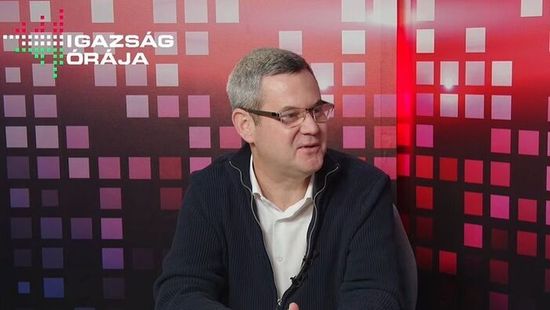


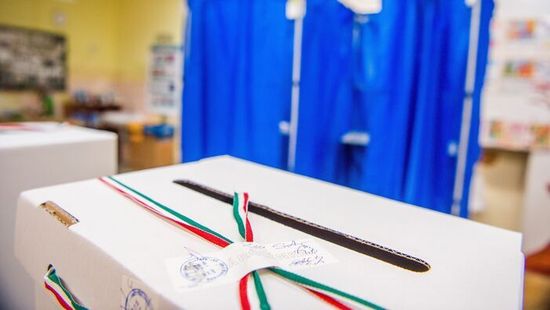



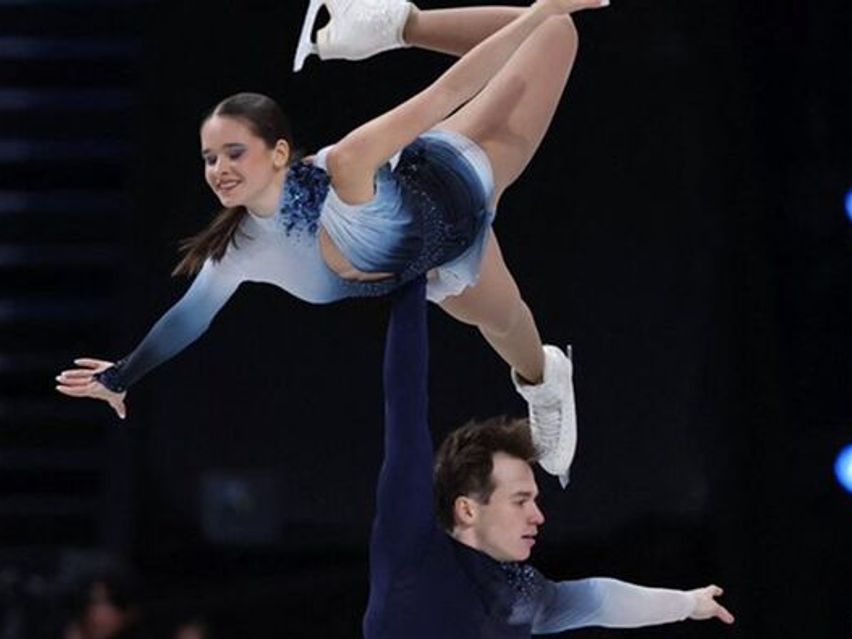


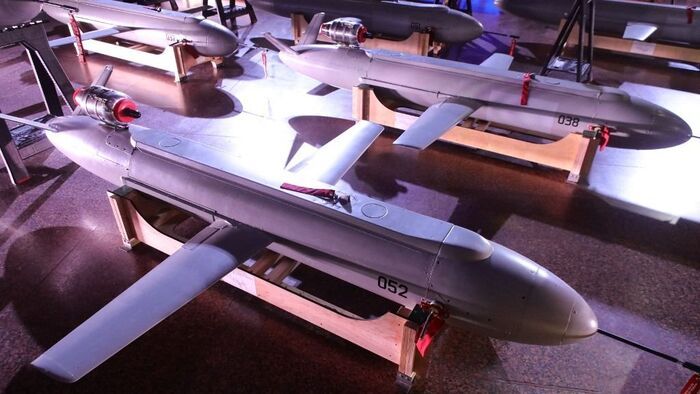


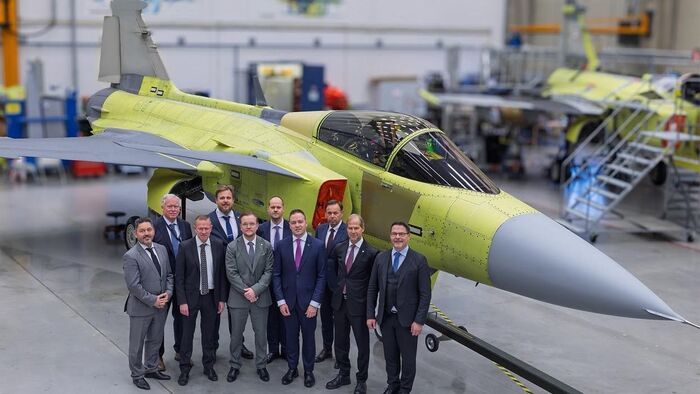


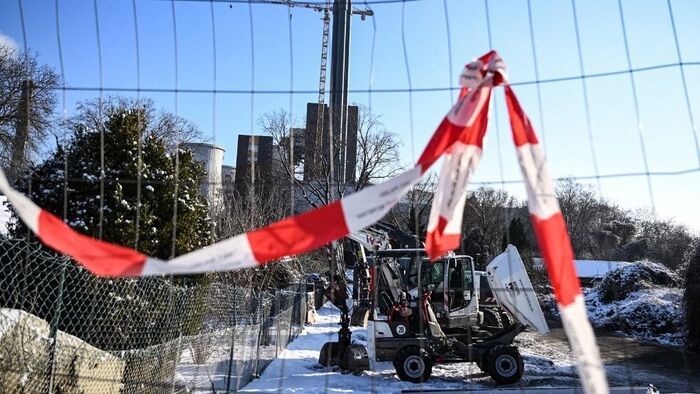
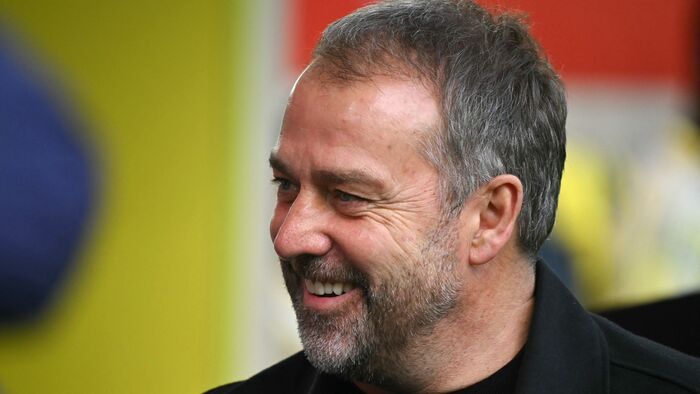

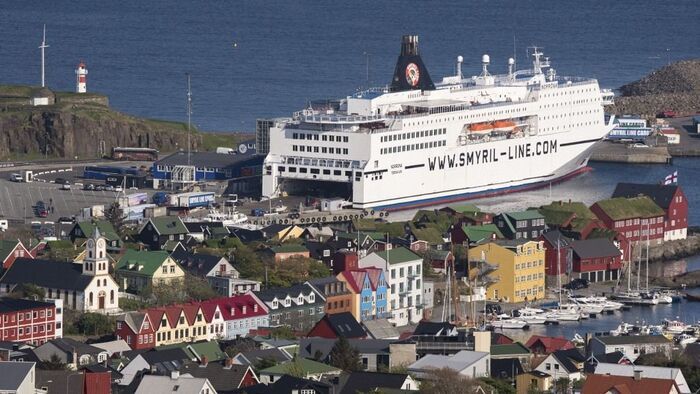

Szóljon hozzá!
Jelenleg csak a hozzászólások egy kis részét látja. Hozzászóláshoz és a további kommentek megtekintéséhez lépjen be, vagy regisztráljon!